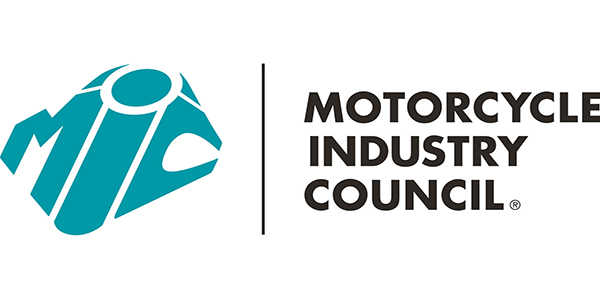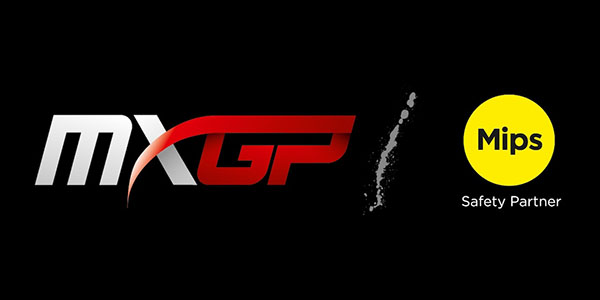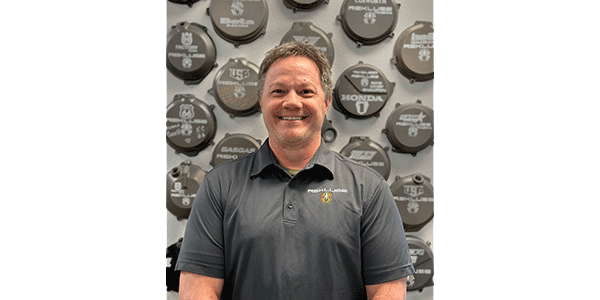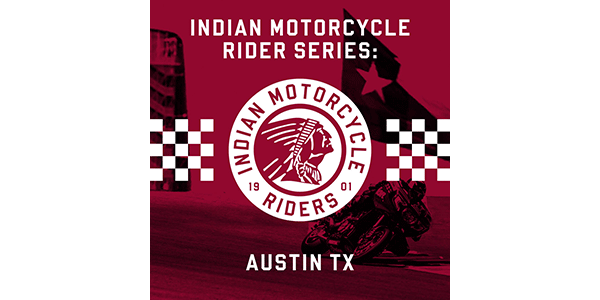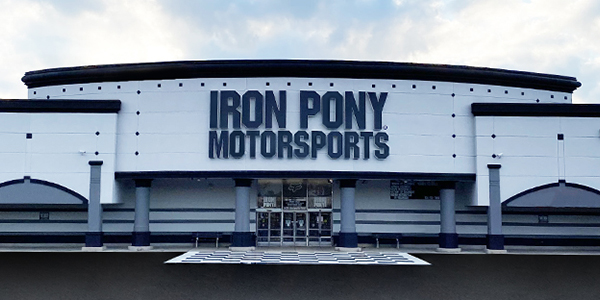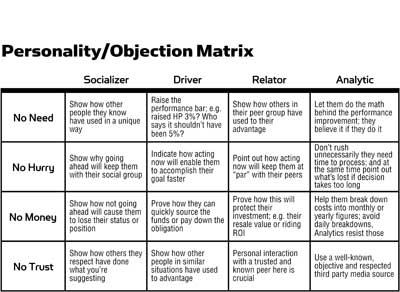
Early one August morning, I boarded a bus with a sleepy-eyed group of Canadian Harley-Davidson dealers. We were headed to a road-racing track in what, to me at least, appeared to be a remote region of the country. This was all part of the annual Canadian Harley-Davidson new model announcement dealer meeting. We were preparing for some track time on the new motorcycles so we could experience their extraordinary design and engineering for ourselves.
Upon our arrival, but before strapping on our helmets and hitting the course, we received instructions from a diminutive Quebec road-racing instructor. For 10 minutes, he lectured us on the ins and outs of this particular track, and only the most attentive seemed to be paying him their full attention. He wrapped up his comments with a bit of dry humor when he informed us in a French-Canadian accent, “So, as you can see, the whole point of this is so you don’t — hmm, how do I say it?— don’t lose you’re (insert your favorite body part here)!”
If he didn’t have our attention earlier, he did now.
As this was my first time around a racetrack, I thought I needed to find out what I missed. As members of our group dispersed and headed for their motorcycles, I sought out our fearless leader and asked him the one thing I most needed to know about riding safely that day. His response? “Be careful taking the curves.”
Very helpful.
Negotiating curves on a racetrack is an art. Riders need to read the curve and then position themselves to “take a line,” meaning to set a direction through the curve that minimizes time in the curve and maximizes speed. Then, when they’re in the right part of the curve, they twist the throttle and use the blend of speed, centrifugal force and traction to shoot themselves out the other side. If you’ve ever worked the corners on a machine built for speed, you know this experience can be intoxicating.
Moving through the curves on a racetrack is not only a way to go faster, but as my wry racing instructor implied, it’s also a safety precaution. You know the curves are coming, so you better handle them correctly. Doing so will keep you from losing any valuable body parts.
The same thing goes for sales objections. You know you’re going to get them, so prepare how to handle them accordingly, and make your sales ride faster and smoother. Remember, sales objections are a normal and necessary part of the sales process. Have you ever heard someone come back from working with a customer and proclaim, “He was great; he didn’t have any questions!” only to discover this customer didn’t buy anything. They didn’t have any objections because they’re not interested!
Objections prove your buyer is listening and interested. Plus, they indicate that the prospect considers you worthy of interaction — meaning that the two of you are, at minimum, equals in this transaction. Your sales acc- selleration depends on either a peer-to-peer relationship with the buyer, or an expert-to-buyer relationship.
To excel at accsellerating through sales curves, keep in mind that you can never appear underhanded or manipulative. Those so-called “techniques” may get you the first sale, but odds are you won’t see a second. You must always have the best interests of your buyer in mind. This applies to your entire sales career; it is your raison d’être. When you focus on helping your buyer achieve what he wants, sales will happen. When you focus on your commission, they won’t.
It’s also important to have realistic expectations of your ability to rebut, refute, drive through or go around objections. You won’t come out on top all the time, but there are plenty of things you can say and do to dramatically increase your chances. You also have to be willing to walk away. You read that right. In your mind, realize that this single piece of business is not going to make your week, your month or your sales career. You must be so firmly confident of the abundance of business available to you — and in your own skills — that you don’t come across as obsequious in your exchanges. Buyers can sense when you’re desperate. (Research suggests that a body, when stressed, undergoes chemical changes that translate into physical manifestations that other people can detect.) Buyers want to do business with confident, not arrogant, sellers.
Here are some common sales objections:
“I don’t want it.”
“I don’t need it.”
“I’ve never heard of you.”
“It’s way too expensive.”
“We’re going to wait and see what happens with the economy.”
“I’ll have to talk it over with my wife.”
“We just bought a new car, so the timing’s not great.”
“We’ve given the other guy our business for years.”
However they are phrased, objections typically come in four different categories. And once you categorize objections, you can begin to develop strategies for resolving them. Below are the four categories and their respective solution strategies:
No need: Show your buyer alternative uses for the product or service.
No hurry: Prove to your buyer how buying now benefits him.
No money: Justify the investment; explain alternate forms of payment; break down costs.
No trust: Keep your promises; don’t rush; prove your capabilities; use third-party
endorsements.
Add these four types of objections to the four dominant personality traits:
Socializers: gregarious and outgoing; normative pressure is important.
Drivers: hard-charging, get-it-done-yesterday people.
Relators: rely on interaction with peer groups.
Analytical types: want to know how something works.
Analyzing these in tandem provides you with a valuable perspective on interpreting and combating objections. Most salespeople have one or two specific objection types and one or two personality groups they are comfortable dealing with, but a prerequisite for accsellerated sales is the ability to handle all four objections and all four personality types. MPN

